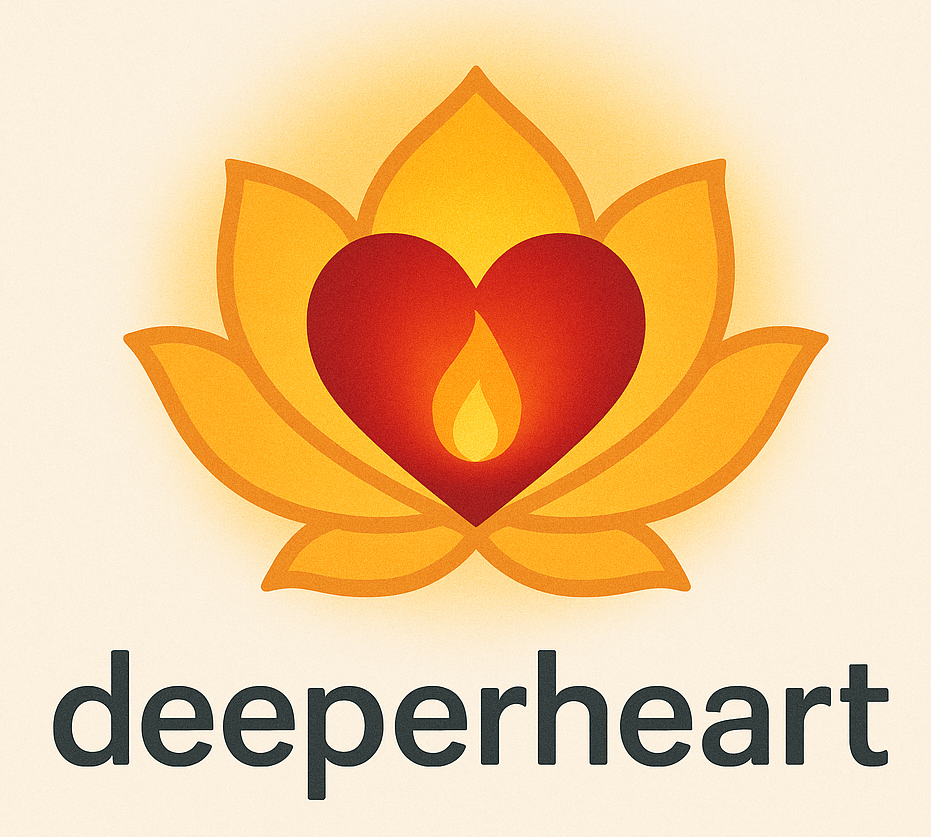By George Norwood
The world had grown loud. Too loud. The cities pulsed with endless motion. Newsfeeds screamed from every screen. People walked faster, spoke louder, but listened less. Division was everywhere — not just between nations, but within hearts. Loneliness wore masks, and meaning seemed buried beneath data, conflict, and noise.
Despite all the technology, humanity was drifting.
Anxiety became the norm. The mind, once humanity’s crowning glory, turned against itself — spinning wild, untethered, whispering fears, doubts, and cravings. Science had brought knowledge, but not peace. Religion had offered hope, but not unity. And something vital — some deep connection — had gone missing.
Then, something shifted.
At first, no one knew where it began. Some whispered of an old scientist who had vanished years ago — a man once mocked for claiming the brain could be a doorway to the soul. Others spoke of encrypted writings passed anonymously through underground networks. The name that kept surfacing was Zim.
He was spoken of like a myth. A man who had walked away from power, vanished into silence, and returned with a presence that seemed almost… otherworldly. No one saw him arrive. He simply appeared — calm, clear-eyed, radiating peace.
And people listened.
Not because he shouted. But because he didn’t need to.
Zim spoke of something forgotten. He told them that the chaos outside was just a reflection of the chaos within — that humanity’s real sickness was disconnection from its own soul. He said we were not the voice in our heads, but the presence that heard it. And that all of us carried a divine spark — a portal to a higher intelligence — but had been trained to ignore it.
He did not preach. He reminded.
He spoke not just in words, but in presence. And that presence moved people.
They came by the hundreds. Then thousands. Scientists. Spiritual seekers. People worn out by the world. They said that just standing near him felt like remembering something beautiful you didn’t know you had forgotten.
Zim did not claim divinity. He pointed to the divine in others.
He taught that the brain — complex and elegant — was designed not just to calculate, but to awaken. He showed how beliefs and memories were arranged by meaning, how emotions encoded value, and how trauma trapped energy that longed to be released. He taught people to feel again. To listen. To return to the seat of the soul — the silent observer behind thought.
